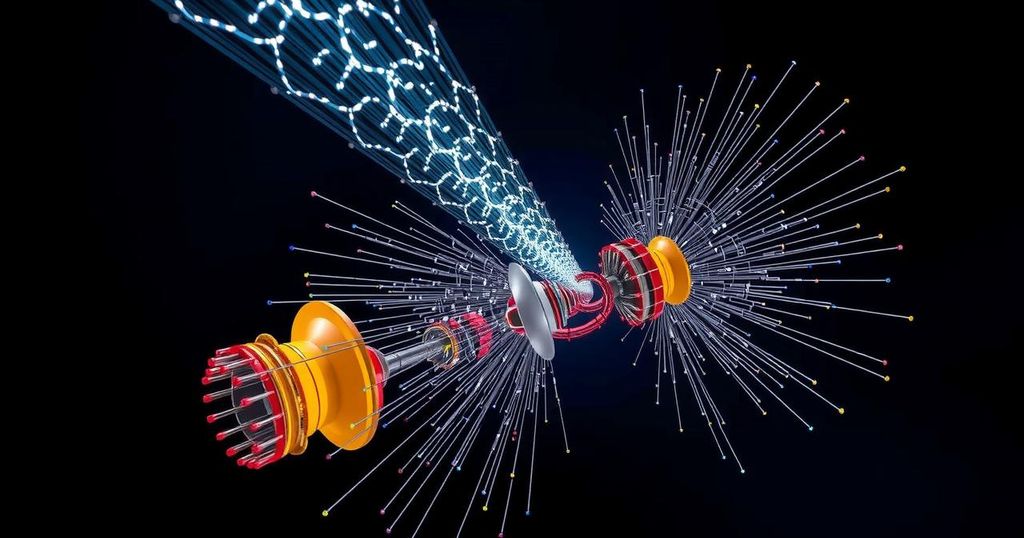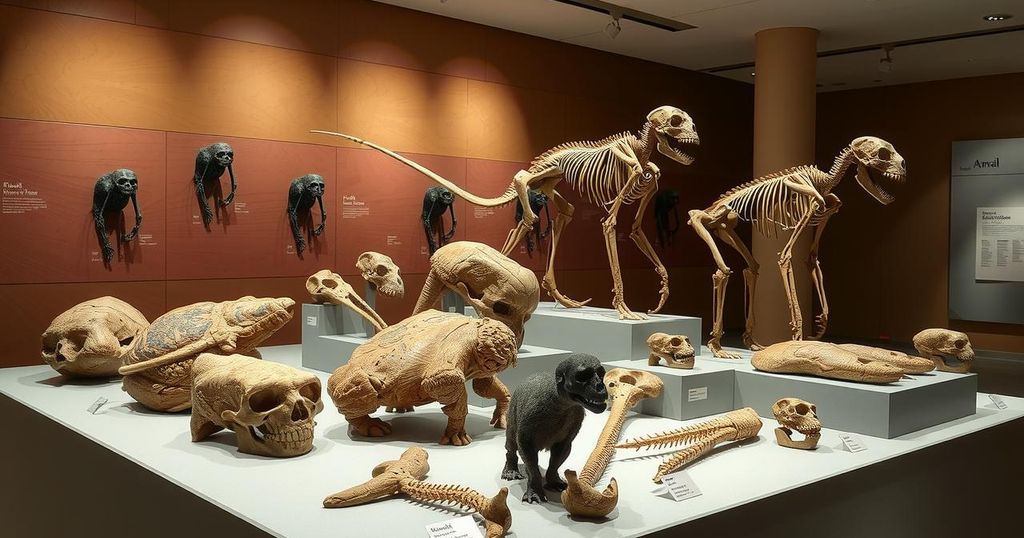Science
BERKELEY LAB, CHA, CHAMKAUR GHAG, DEPARTMENT OF ENERGY, ENVIRONMENTAL IMPACT, INFRASTRUCTURE, LAWRENCE BERKELEY NATIONAL, LAWRENCE BERKELEY NATIONAL LABORATORY, LUX - ZEPLIN, LZ, NORTH AMERICA, RESEARCH, SANFORD, SANFORD UNDERGROUND RESEARCH FACILITY, SCIENCE, SOUTH DAKOTA, SUSTAINABILITY, UCL, UNITED STATES, UNIVERSITY COLLEGE LONDON
Rajesh Choudhury
0 Comments
LZ Experiment Sets New Record in the Hunt for Dark Matter
The LUX-ZEPLIN (LZ) collaboration has set a new world record in the search for dark matter, achieving results nearly five times more sensitive than previous experiments. Analyzing 280 days of data, they found no evidence of WIMPs above 9 GeV/c², hence narrowing the field of potential dark matter candidates. LZ’s extraordinary sensitivity and advanced analysis techniques pave the way for discovering dark matter and exploring other rare physical phenomena.
In a groundbreaking leap into the cosmos, the LUX-ZEPLIN (LZ) collaboration has taken a giant stride in the quest to unveil the mysteries of dark matter. Operating from the depths of the Sanford Underground Research Facility in South Dakota, the LZ experiment, after analyzing 280 days of data, has achieved world-leading results in the search for weakly interacting massive particles (WIMPs). This new accomplishment is nearly five times more potent than the previous best, casting a revealing light on the shadows where dark matter might reside.
The hunt for dark matter, an elusive substance believed to account for a staggering 85% of the universe’s mass, resembles a treasure expedition. With no evidence of WIMPs above a mass of 9 gigaelectronvolts/c² found, researchers have effectively eliminated numerous hypothetical models of dark matter while refining the search to unprecedented depths. As Scott Kravitz, LZ’s deputy physics coordinator, aptly put it, “If you think of the search for dark matter like looking for buried treasure, we’ve dug almost five times deeper than anyone else has in the past.”
This extensive search has only scratched the surface of LZ’s capabilities, with researchers eager to recount tales of rare physics phenomena that this sensitive detector can unveil, engaging in the detective work of discovery with ever-advancing analysis techniques. Employing revolutionary methods, like ‘salting’—a technique to enhance the integrity of their findings—it ensures that biases do not obscure the potential for a groundbreaking discovery.
The quest to understand dark matter is a formidable challenge for physicists, as it comprises most of the universe’s mass yet remains invisible to conventional detection methods. Scientists primarily focus on weakly interacting massive particles (WIMPs), a strongly theorized form of dark matter. The LUX-ZEPLIN (LZ) collaboration seeks to explore previously uncharted territories of dark matter interactions with state-of-the-art technology, diving deep underground to shield their detectors from cosmic disturbances and to ensure the accuracy of their findings. With heightened sensitivity due to meticulous engineering and analysis, LZ has paved new pathways in the dark matter investigation, expanding both scientific knowledge and inquiry.
The LUX-ZEPLIN (LZ) experiment stands at the brink of revolutionary discovery, having set a new record in the search for dark matter and WIMPs, with findings that promise to alter the landscape of physics. LZ’s unmatched capacity to explore the cosmos continues to uncover the mysteries surrounding dark matter, which shapes our universe. As researchers expand their understanding of dark matter, they also lay the groundwork for further exploration and discovery in physics, showcasing a relentless drive to peel back layers of the unknown.
Original Source: newscenter.lbl.gov




Post Comment